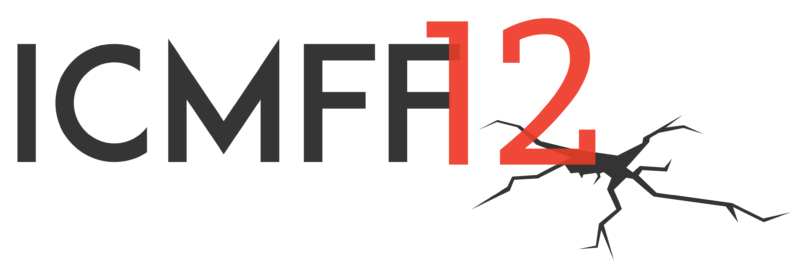The Metal Fatigue Analysis Handbook Overview
The Metal Fatigue Analysis Handbook: Practical Problem-solving Techniques for Computer-aided Engineering, authored by Yung-Li Lee, Mark Barkey, and Hong-Tae Kang, provides a comprehensive overview of the fundamental concepts, practical methods, and advanced techniques for analyzing metal fatigue in engineering structures. This book is an essential reference for engineers, researchers, and students who are involved in designing, analyzing, and testing engineering components and structures under cyclic loading conditions.
The book is structured into four main parts. Part I provides an introduction to the basic concepts of metal fatigue analysis, including the different types of loading, the failure modes, and the fatigue life prediction methods. Part II covers the various analytical techniques used in metal fatigue analysis, such as stress analysis, strain-life and stress-life methods, and fracture mechanics. Part III focuses on the practical aspects of metal fatigue analysis, including data collection and analysis, model development, and validation. Part IV presents several case studies that demonstrate the application of metal fatigue analysis techniques in real-world engineering problems.
One of the strengths of the book is its clear and concise presentation of the complex topics related to metal fatigue analysis. The authors use a straightforward and accessible language to explain the theoretical concepts, and provide numerous examples and illustrations to help the reader understand the practical applications. The book is also well-organized, with each chapter building on the previous ones to provide a coherent and comprehensive overview of the topic.
Another strength of the book is its emphasis on the practical aspects of metal fatigue analysis. The authors provide detailed guidance on how to collect and analyze data, develop accurate models, and validate the results. They also provide insights into the limitations and uncertainties of the analysis methods, which is crucial for making informed engineering decisions.
However, there are some limitations to the book. One is that it focuses primarily on metal fatigue analysis, which may not be relevant for engineers working with other materials. Additionally, some readers may find the theoretical aspects of the book too complex or detailed, while others may find the practical aspects too simplistic or lacking in depth. Nonetheless, these limitations are relatively minor compared to the book’s overall strengths.
In terms of structure analysis, the book follows a logical and sequential order. Part I provides an overview of the fundamental concepts of metal fatigue analysis, including the different types of loading, failure modes, and fatigue life prediction methods. Part II covers the analytical techniques used in metal fatigue analysis, including stress analysis, strain-life and stress-life methods, and fracture mechanics. Part III focuses on the practical aspects of metal fatigue analysis, such as data collection and analysis, model development, and validation. Finally, Part IV presents several case studies that demonstrate the application of metal fatigue analysis techniques in real-world engineering problems.
Each chapter within these four parts is also structured in a logical and coherent manner. The authors begin by introducing the topic and explaining its relevance to metal fatigue analysis. They then present the theoretical concepts, providing clear explanations and illustrative examples. Finally, they discuss the practical applications of the topic, including how to use it in engineering analysis and design.
Overall, the Metal Fatigue Analysis Handbook is a valuable resource for anyone involved in metal fatigue analysis. Its clear and concise presentation of the theoretical concepts and practical techniques makes it an accessible and useful reference for engineers, researchers, and students alike. While there are some limitations to the book, such as its focus on metal fatigue analysis and its level of detail, these are relatively minor compared to its overall strengths. The book is well-organized and provides a comprehensive overview of the topic, making it a valuable addition to any engineering library.


